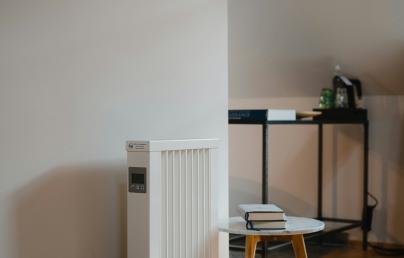Healthier indoor air through operations & maintenance

Healthier indoor air through operations & maintenance
Though it’s actually invisible, since March 2020 indoor air quality (IAQ) has undoubtedly become a visible issue to anyone who works, lives, or plays in a facility. With the emergence of Covid-19 across the globe, facilities professionals and fellow building industry stakeholders have ramped up actions and awareness related to the state of the IAQ inside their facilities. Facility Executive spoke with three industry sources about operations and maintenance (O&M) practices that aid in understanding your facility’s current IAQ conditions, as part of the journey toward healthier indoor spaces.
Alan Wozniak, President of Pure Air Controls, Inc., a nationally recognized indoor air quality firm, shared this insight: “It’s always best to understand the baseline conditions within a building and the systems in operation. What would you do if you went to your primary care physician and without an examination or single question sent you directly to have your spleen removed? Of course, no doctor would do that! It’s the same for buildings and HVAC. Make the investment in data and science through quantitative IAQ/HVAC baseline assessments which will efficiently steer budgets, planning, and lead to successful outcomes. Ultimately saving money, improving IAQ conditions and leading to greater ROI.”
Continues Wozniak, “Get the data, make a plan, and then commit to it. There are quite a few non-governmental organizations like ASHRAE, IAQA, NADCA, and others that provide clear guidance for HVAC, indoor air quality and operations. ANSI/ASHRAE Standard 62.1 addresses ventilation specifically for acceptable IAQ. In fact, Section 8 is entirely dedicated toward implementing an Operations and Maintenance Manual, or O&M.”
“It is important to understand the existing conditions and correcting issues before introducing new equipment,” adds Wozniak. “You may be placing a bandage on a hemorrhaging condition or a tourniquet for a bandage need. For example, outfitting dirty air handlers with UV or needlepoint bipolar ionization would be very little help, if any, and do nothing to improve airflow, building dehumidification, and building pressurization if the coils are fouled.”
Greg Turner, Senior Director of Engineering at Honeywell, seconds the importance of first understanding how building systems are performing related to IAQ. “This starts with an air quality audit,” he says. “The audit includes a combination of measurements made with handheld tools and inspection of AHUs and outdoor air intakes. We evaluate ventilation needs for improving IAQ that could require both bringing in more fresh air and cleaning recirculated indoor air to improve energy efficiency.”
Read the full article here.


